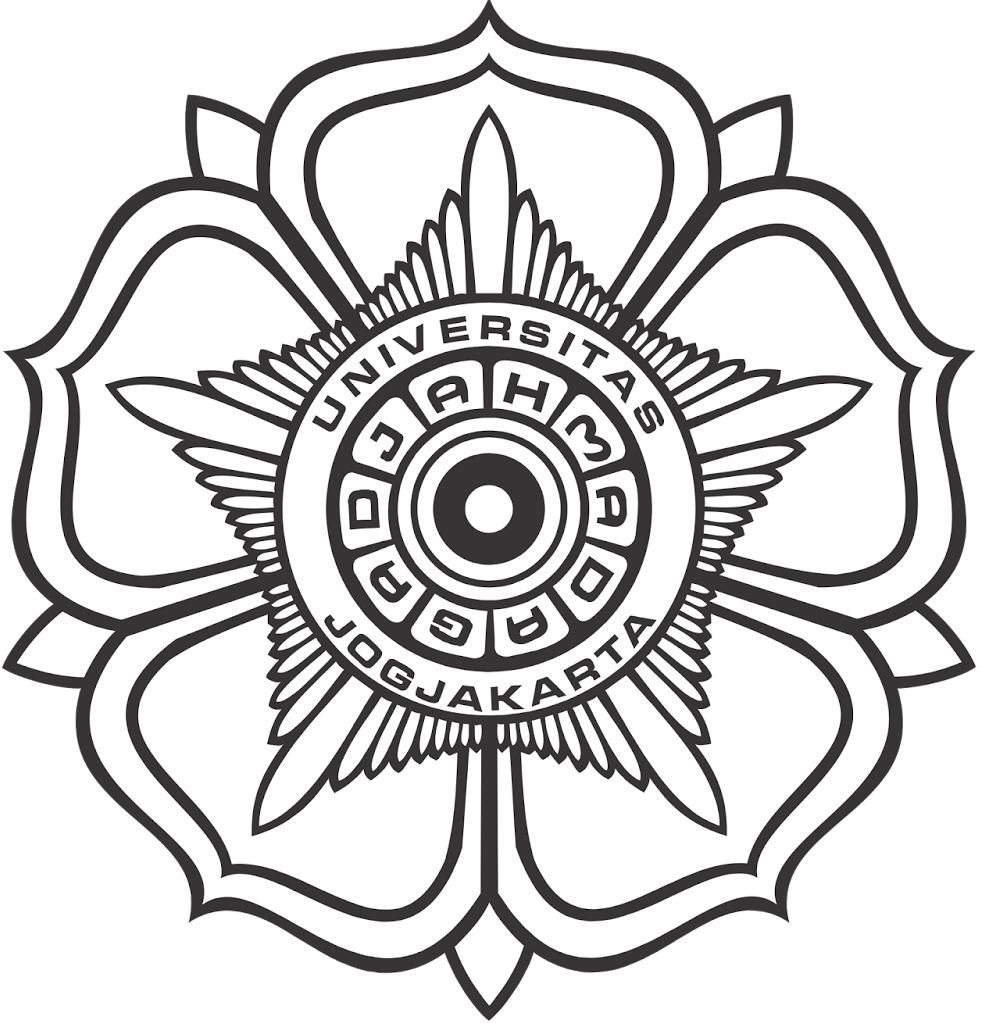AND DOSAGE RANGE TESTS OF TENSIGARD AS A HYPOTENSIVE PHYTOPHARMACA
Abstract
Tensigard is a phytofarmaca product of Agromed ( PT. Phapros Tbk., Semarang) formulated for antihypertension therapy. The product comprises celery extract (Apium graveolens) 75 % and kumis kucing extract (Orthosiphon stamineus Benth) 25 %. The aims of the research is to study whether Tensigard has an effect to decrease blood pressure in the normo and hypertensive (adrenaline induced hypertension) experimental animals. The specific aim of the study is to determine the D50 value of Tensigard to lower the blood pressure of the hypertensive experimental animals. The tests were conducted using anesthetized using anesthetized cats which were randomly divided into two groups, each of which consisted of 35 normotensive cats and the other 35 cats with hypertension (due to adrenaline treatment, in which the blood pressure was increased about 1,5 times than normal value). Furthemore, each group was devided into seven sub groups, each of which consists of 5 cats. One sub group was used as the control group, while the remaining sub groups were treated with Tensigard (6 dosage levels). The results of the studies indicated, that Tensigard has a hypotensive effect in the cats,
either with normal or hypertension (adrenaline induced). The D50 value of the hypotensive effect in hypertensive cats is 16,37 1,08 mg/kg BW., in which the extrapolation of this dosage value for a 50 kg, human being is about 249,05 mg.
Key Word : tensigard, antihypertension, effective dosage
Full Text:
UntitledReferences
Borkowski, K.R. and Finch, L, 1977, Cardiovasculer Responses to Centrally Administered Adrenaline in Spontaneous Hypertensive Rats, Br. J. Pharmacol., 61(1) : 130P.
Donatus, I.A., Suhardjono, D., Nurlaila, Sugiyanto, Hakim, L., Wahyono., D. dan Mulyono, 1992, Petunjuk Praktikum Toksikologi, Edisi 1, Laboratorium Farmakologi dan Toksikologi, Fakultas Farmasi, Universitas Gadjah Mada, Yogyakarta.
Duke, 2000, Chemical and Biological Activities in : Apium graviolens L. (Apiaceae)-Celery seledri, Dr. Duke’s Phytochemical and Ethnobotanical Database, http://www.arsgrin.gov/cgi-bin/duke/farmacy-scroll3.pl.
Gilman, A.G., Rall, T.W., Nies, A.S. and Taylor, P., 1992, Goodman and Gilman’s The Pharmacological Basic of Theraupetics, 8th Ed., Mc Graw-Hill Inc., New York.
Handayani, L. dan Budijanto, D., 1997, Efek Ramuan Buah Mengkudu dan Daun Kumis Kucing untuk Menurunkan Tekanan Darah pada Penderita Hipertensi, Cermin Dunia Kedokteran, 166 : 29-32.
Masruhen, 2000, Perbandingan Kadar Flavonoid dan Daya Antihipertensi antara Sari Etanol 50% Daun Seledri (Apium graveolens L) dan Biji Seledri Terhadap Tekanan Darah Sistemik Kucing Dianastesi, Skripsi, Fakultas Farmasi, UGM, Yogyakarta.
Tung, L.H., Rand, M.J. and Majewski, H., 1981, Adrenaline-induced Hypertension in Rats, Clin. Sci., 61 Suppl 7 (HD) : 199s-193s.
Windriyati, Y.N., 1997, Pengaruh Pemberian Intragastrik Fraksi Petroleum Eter, Etil Asetat, dan Air Daun Seledri (Apium graveolens L) terhadap Tekanan Darah Sistemik Kucing Teranatesi, Skripsi, Fakultas Farmasi Universitas Gadjah Mada, Yogyakarta.
DOI: http://dx.doi.org/10.14499/indonesianjpharm0iss0pp33-43
Refbacks
- There are currently no refbacks.
Copyright (c) 2017 INDONESIAN JOURNAL OF PHARMACY

This work is licensed under a Creative Commons Attribution-ShareAlike 4.0 International License.
Indonesian J Pharm indexed by:







































